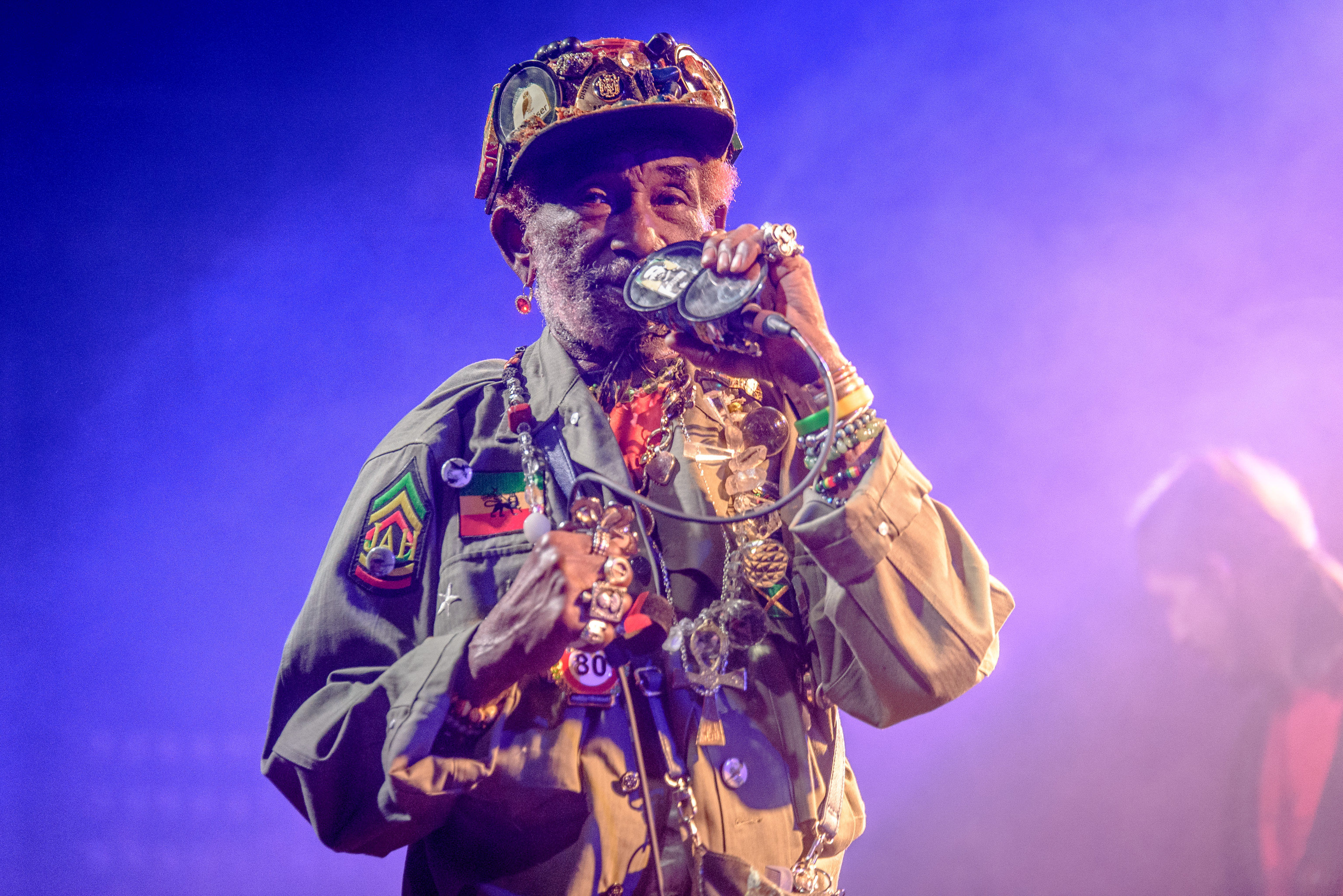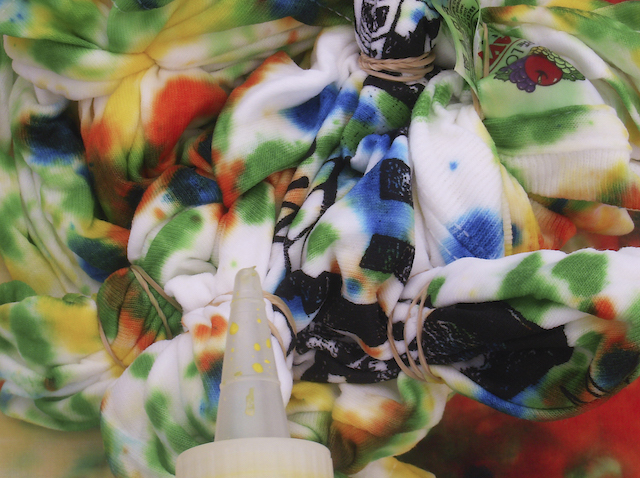Girls in Peacetime Want to Dance is Belle & Sebastian’s first album in almost five years, and it seems that a lot has changed in the band since Write About Love was released in late 2010.
Gone are the days of listening to those melancholy and intimate songs heard most often when your life is strewn across the floor of your bedroom.
Now is the time to welcome in a Belle & Sebastian designed for the festival stage, with a sonic palette spanning Europop, DFA-style disco and the folk-pop we’ve become accustomed to when we hear the name Belle & Sebastian.
Most of us are familiar with timid, introverted protagonists in Belle & Sebastian songs, but Girls in Peacetime begins with front man Stuart Murdoch’s most personal song yet, “Nobody’s Empire.”
Essentially an autobiography, “Nobody’s Empire” sounds the most like a Belle & Sebastian track of yore, even if the synth and triumphant, chorus-backed crescendo seems to betray that perception.
Released on Matador Records and produced by Ben H. Allen, who has previously worked on Animal Collective’s Merriweather Post Pavilion and Deerhunter’s Halcyon Digest, Girls in Peacetime is without a doubt Belle & Sebastian’s biggest sounding album yet.
However, getting bigger isn’t always better. Expanding the scope of their music shows that Belle & Sebastian have some serious songwriting chops, but just because they can write a Europop ballad named “Enter Sylvia Plath” doesn’t mean that they should.
To quote Meredith Graves of noise-punk band Perfect Pussy in an interview with Murdoch for Drowned in Sound, “Enter Sylvia Plath” is “a club banger that sounds like it’s destined for a second life as a beginner level on Dance Dance Revolution.”
It’s not necessarily a bad thing that Belle & Sebastian decided to throw on their favorite pair of dancing shoes and create a record with that in mind, but the results can be occasionally frustrating throughout the album.
The song “Everlasting Muse” begins promisingly, with Murdoch’s hushed vocals laid over a deceptively funky bass line, only to be misled into some sort of polka-inspired chorus. It’s not necessarily a bad choice and the implementation is fine, but it’s not needed and drags the song down in baffling fashion.
Prerelease single “The Party Line” sounds like a twee interpretation of Parliament-Funkadelic, and while it’s certainly a catchy song, the synth-funk sounds don’t make it any more memorable than their other pop hits like “I’m a Cuckoo” or “Another Sunny Day.”
Belle & Sebastian haven’t lost their touch for songwriting, but at times they leave you scratching your head wondering why there’s a loose house beat under Murdoch’s wispy voice.
Nonetheless, Belle & Sebastian prove again with Girls in Peacetime that they are masters of creating catchy hooks and foot-tapping melodies. Songs like “Allie,” the Sarah Martin-led “The Power of Three” and the Stevie Jackson-led “Perfect Couples” showcase their ability for making indie pop as well as more straightforward, subdued funk rock.
Fortunately for fans reminiscent of Belle & Sebastian’s albums of the late ’90s, songs like “Ever Had a Little Faith?” and “The Cat with the Cream” provide the slow, crooning, lovelorn sound that made Belle & Sebastian favorites of lonely teenagers waiting on buses and staring at the streetlamps leading back home.
“Ever Had a Little Faith” is by far the stand-out track on the album, being one of the most mellow and without a doubt the most memorable.
Rather than singing about self-obsessed protagonists worried about their inadequacies, Girls in Peacetime has protagonists looking outward, worried about bombs in the Middle East and joining protests in the streets.
Similarly, Belle & Sebastian have expanded their horizons from indie pop to something spanning many genres, while simultaneously sounding distinctly Belle & Sebastian.
While the results may be frustrating at times, Girls in Peacetime is one of Belle & Sebastian’s most triumphant albums yet, reminding listeners that they certainly have had a brilliant career, but that they aren’t quite finished, either.






